Peter Halley
Conduits: Paintings from the 1980s
31 Mar - 15 Oct 2023
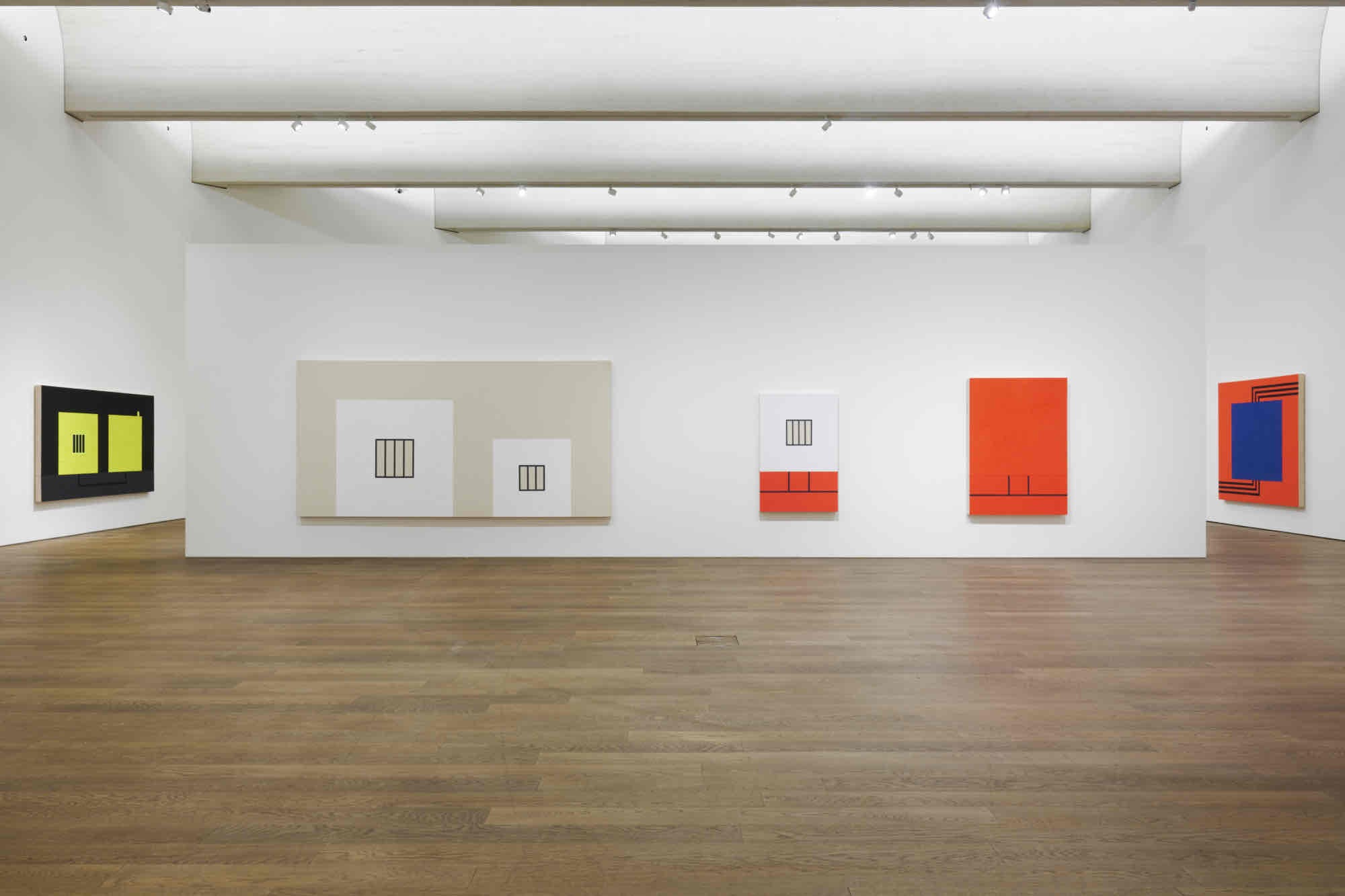
View of the exhibition "Peter Halley. Conduits: Paintings from the 1980s", Mudam Luxembourg 31.03 – 15.10.2023
© Photo: Mareike Tocha | Madame Luxembourg
© Photo: Mareike Tocha | Madame Luxembourg
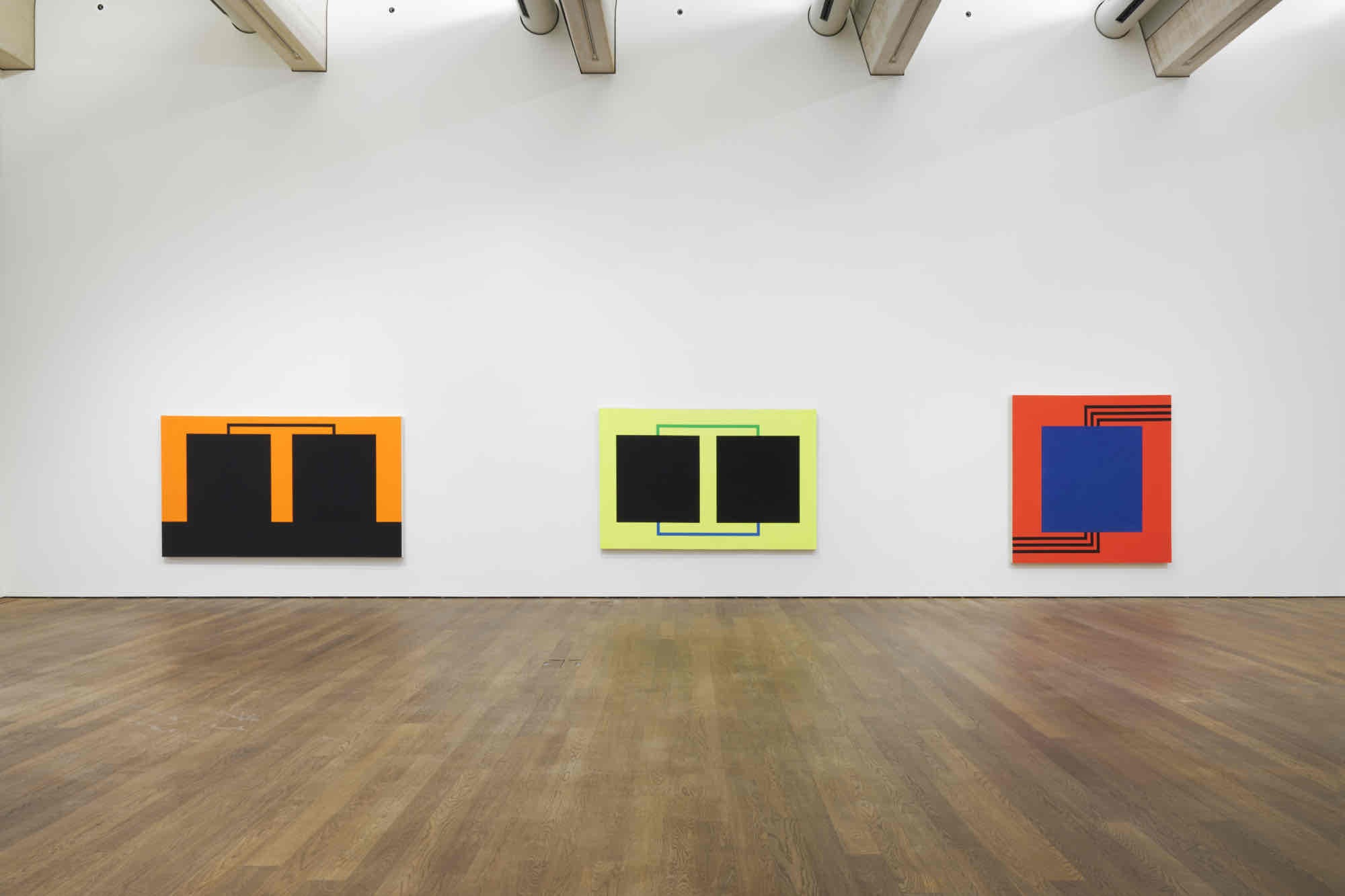
View of the exhibition "Peter Halley. Conduits: Paintings from the 1980s", Mudam Luxembourg 31.03 – 15.10.2023
© Photo: Mareike Tocha | Madame Luxembourg
© Photo: Mareike Tocha | Madame Luxembourg

View of the exhibition "Peter Halley. Conduits: Paintings from the 1980s", Mudam Luxembourg 31.03 – 15.10.2023
© Photo: Mareike Tocha | Madame Luxembourg
© Photo: Mareike Tocha | Madame Luxembourg
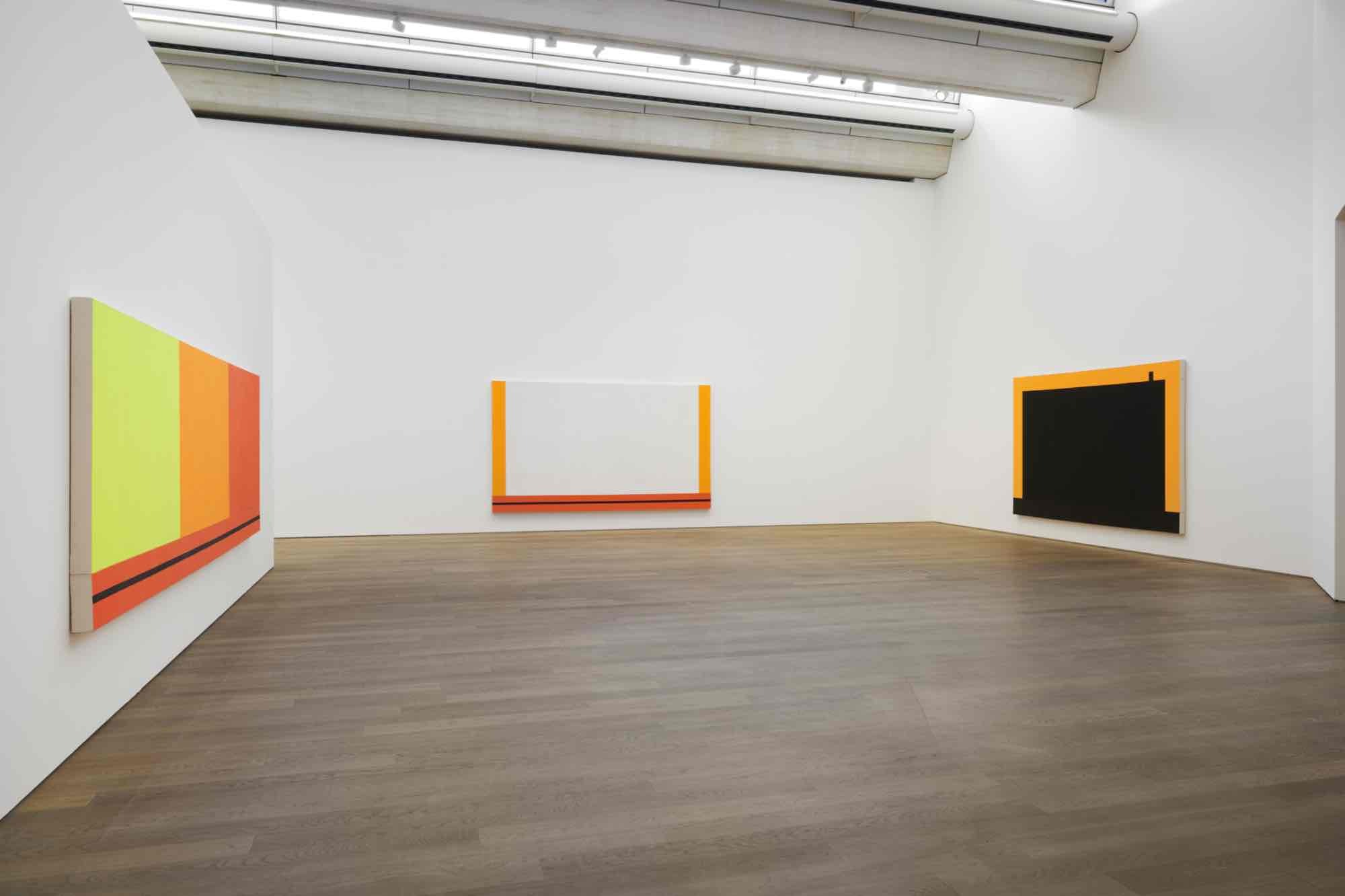
View of the exhibition "Peter Halley. Conduits: Paintings from the 1980s", Mudam Luxembourg 31.03 – 15.10.2023
© Photo: Mareike Tocha | Madame Luxembourg
© Photo: Mareike Tocha | Madame Luxembourg

View of the exhibition "Peter Halley. Conduits: Paintings from the 1980s", Mudam Luxembourg 31.03 – 15.10.2023
© Photo: Mareike Tocha | Madame Luxembourg
© Photo: Mareike Tocha | Madame Luxembourg

View of the exhibition "Peter Halley. Conduits: Paintings from the 1980s", Mudam Luxembourg 31.03 – 15.10.2023
© Photo: Mareike Tocha | Madame Luxembourg
© Photo: Mareike Tocha | Madame Luxembourg
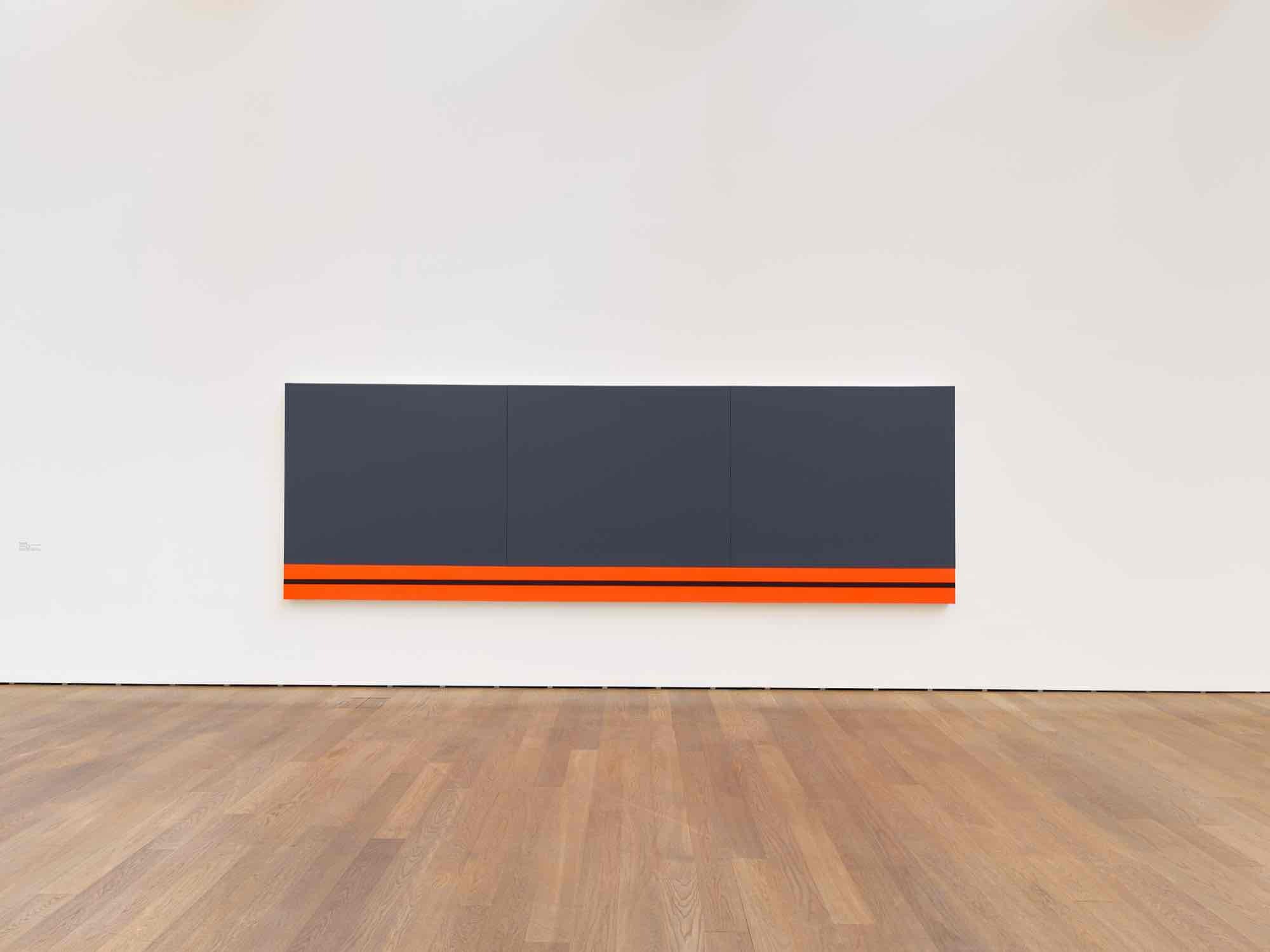
Yesterday, Today, Tomorrow, 1987
Acrylic, fluorescent acrylic, and Flashe on canvas
Four attached panels
Collection Mudam Luxembourg
Acquisition 1998 - Apport FOCUNA
Exhibition view Yesterday, Today, Tomorrow, 20.06.2020 — 06.09.2020, Mudam Luxembourg
© Photo: Rémi Villaggi | Mudam Luxembourg
Acrylic, fluorescent acrylic, and Flashe on canvas
Four attached panels
Collection Mudam Luxembourg
Acquisition 1998 - Apport FOCUNA
Exhibition view Yesterday, Today, Tomorrow, 20.06.2020 — 06.09.2020, Mudam Luxembourg
© Photo: Rémi Villaggi | Mudam Luxembourg
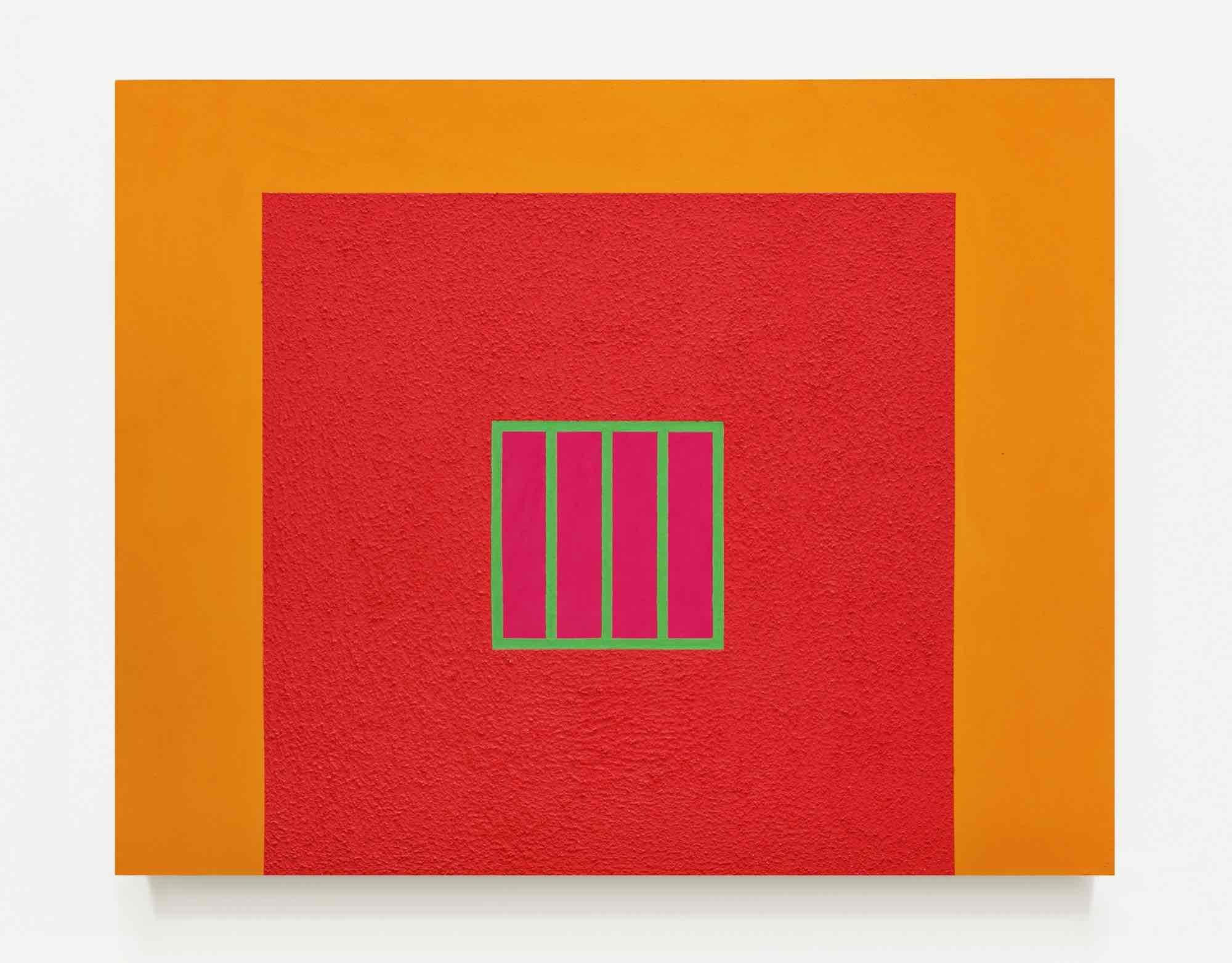
Day-Glo Prison, 1982
Fluorescent acrylic and Roll-a-Tex on canvas
Collection of Richard Edwards and Kevin Ramnaraine, Aspen, CO
© Photo: Tony Prikryl
Fluorescent acrylic and Roll-a-Tex on canvas
Collection of Richard Edwards and Kevin Ramnaraine, Aspen, CO
© Photo: Tony Prikryl
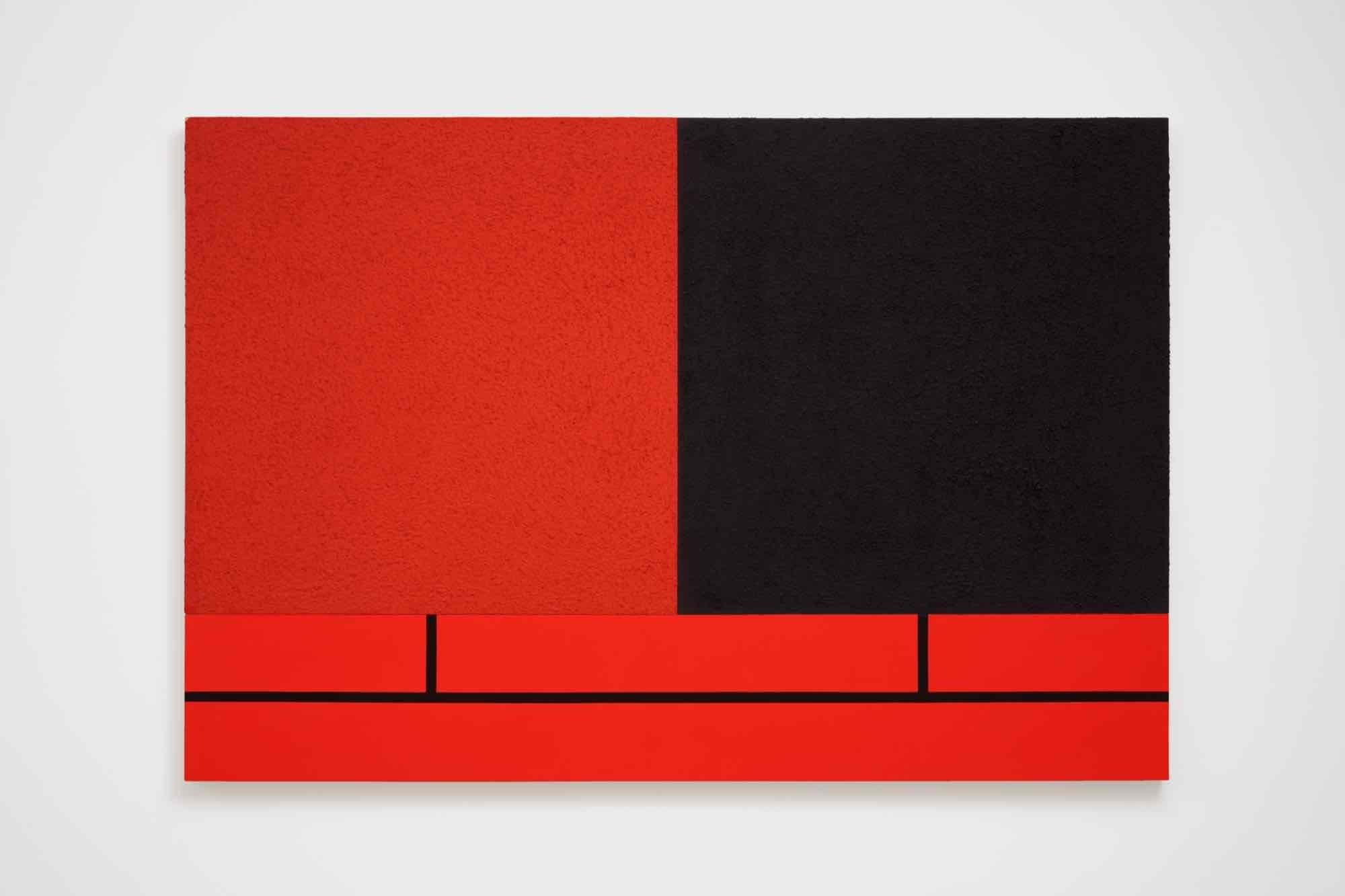
Glowing and Burnt-Out Cells with Conduit, 1982
Acrylic, fluorescent acrylic, and Roll-a-Tex on canvas
Three attached panels
Collection B.Z. and Michael Schwartz, New York
© Photo: Robert Glowacki
Acrylic, fluorescent acrylic, and Roll-a-Tex on canvas
Three attached panels
Collection B.Z. and Michael Schwartz, New York
© Photo: Robert Glowacki
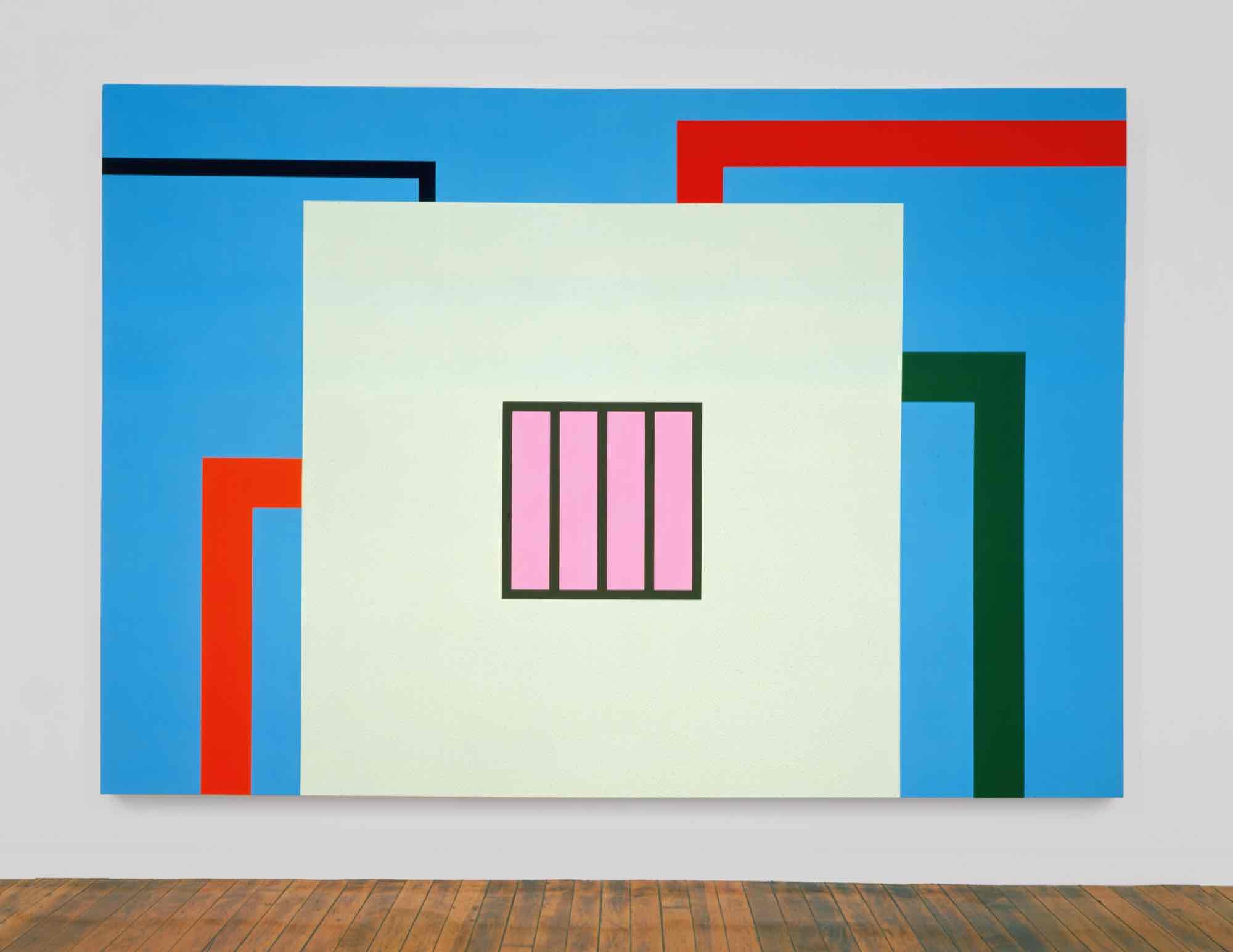
Prison, 1989
Acrylic, fluorescent acrylic, and Roll-a-Tex on canvas
One panel
Collection CAPC musée d'Art contemporain, Bordeaux
© Photo: Steven Sloman
Acrylic, fluorescent acrylic, and Roll-a-Tex on canvas
One panel
Collection CAPC musée d'Art contemporain, Bordeaux
© Photo: Steven Sloman
Assembling thirty key works from public and private collections, this retrospective survey presents paintings alongside previously unseen drawings, sketches and notes from the first decade of Peter Halley’s career.
During the 1980s Peter Halley developed a signature vocabulary that he has used in his work now for over forty years. Redeploying the language of geometric abstraction, he developed a pictorial system of ‘prisons’, ‘cells’ and ‘conduits’ that enabled him to produce diagrammatic paintings representing social subjects. With these works he addressed the impact and legacies of urbanisation and industrialisation within a post-industrial society marked by technological change. Working at the advent of the internet and at a time that saw the mass adoption of personal computers and video games, he described the physical and bureaucratic environments of the late twentieth century and the systemic logic that found expression within the architectures of a new digital space. Reflecting on this period in his essay, Geometry and the Social (1990) Halley wrote:
I wanted to draw attention to this geometricised, rationalised, quantified world. I saw it as a world characterised by efficiency, by regimentation of movement, bureaucracies, whether in the corporation, government, or university. It is a world also characterised by the commodification and quantification of all aspects of human activity – where one can put a number or a dollar sign on any human activity ... [Geometry is] the language of [the] managerial-professional class. It is the language of the corporation and flow charts; it is the language of urban planning and of communications.
Peter Halley. Conduits: Paintings from the 1980s is the first museum survey of Halley’s 1980s work in over thirty years. Drawing extensively on Halley’s critical writing, interviews and unpublished notes it seeks to re-evaluate this early work and its subjects of alienation, isolation, confinement and connectivity within the context of its production. The exhibition reflects upon both the artistic and critical landscape of New York in the 1980s and a period of social history shaped by economic expansion and collapse, nuclear threat and the AIDS epidemic.
Curators Michelle Cotton, assisted by Sarah Beaumont
During the 1980s Peter Halley developed a signature vocabulary that he has used in his work now for over forty years. Redeploying the language of geometric abstraction, he developed a pictorial system of ‘prisons’, ‘cells’ and ‘conduits’ that enabled him to produce diagrammatic paintings representing social subjects. With these works he addressed the impact and legacies of urbanisation and industrialisation within a post-industrial society marked by technological change. Working at the advent of the internet and at a time that saw the mass adoption of personal computers and video games, he described the physical and bureaucratic environments of the late twentieth century and the systemic logic that found expression within the architectures of a new digital space. Reflecting on this period in his essay, Geometry and the Social (1990) Halley wrote:
I wanted to draw attention to this geometricised, rationalised, quantified world. I saw it as a world characterised by efficiency, by regimentation of movement, bureaucracies, whether in the corporation, government, or university. It is a world also characterised by the commodification and quantification of all aspects of human activity – where one can put a number or a dollar sign on any human activity ... [Geometry is] the language of [the] managerial-professional class. It is the language of the corporation and flow charts; it is the language of urban planning and of communications.
Peter Halley. Conduits: Paintings from the 1980s is the first museum survey of Halley’s 1980s work in over thirty years. Drawing extensively on Halley’s critical writing, interviews and unpublished notes it seeks to re-evaluate this early work and its subjects of alienation, isolation, confinement and connectivity within the context of its production. The exhibition reflects upon both the artistic and critical landscape of New York in the 1980s and a period of social history shaped by economic expansion and collapse, nuclear threat and the AIDS epidemic.
Curators Michelle Cotton, assisted by Sarah Beaumont
